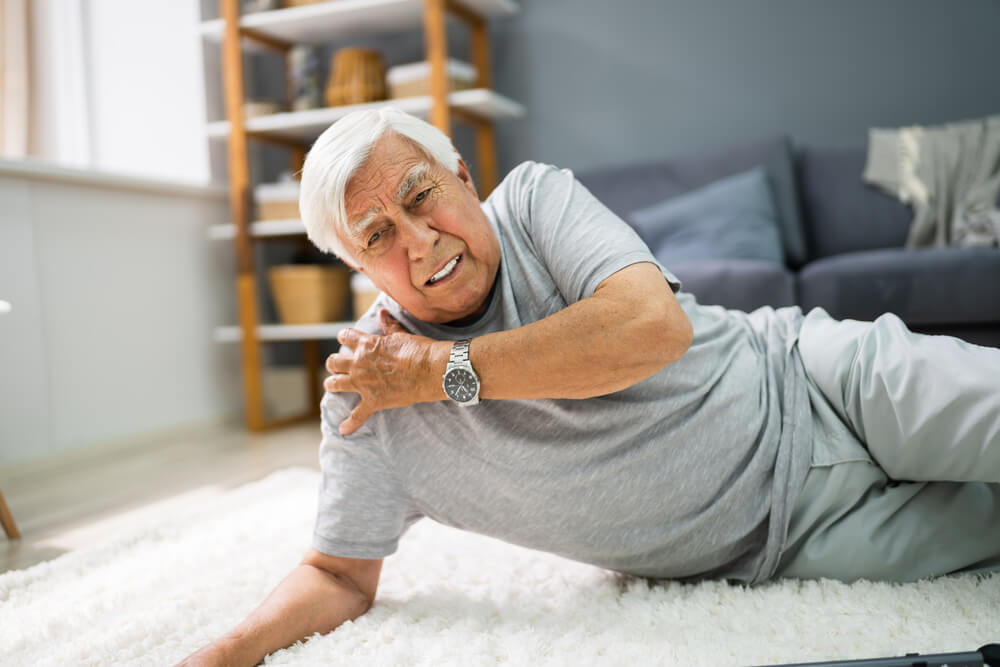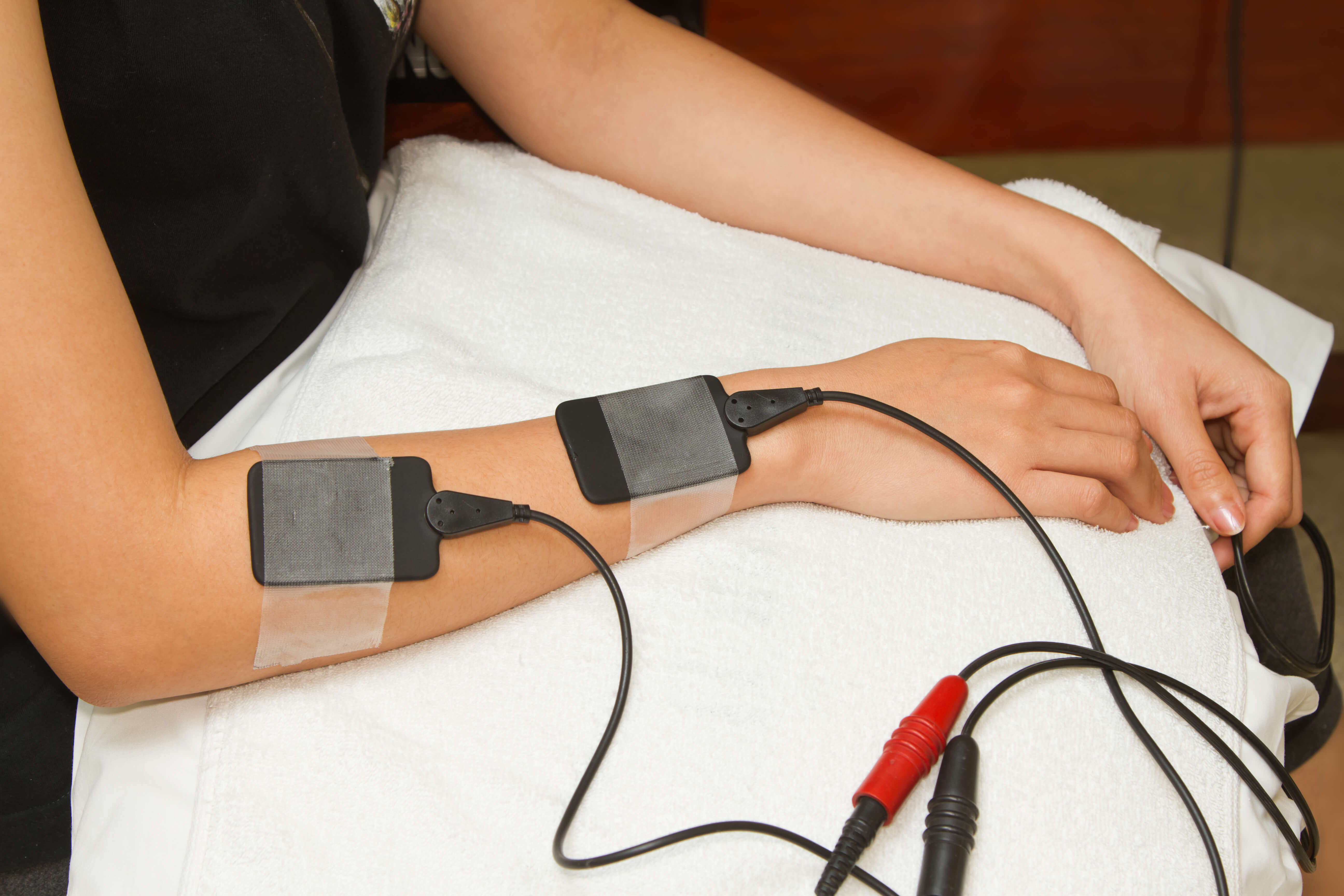Migraine headaches can be one of the most excruciating forms of pain for people who have to deal with them on a regular basis. Mild headaches can be bad enough, but the intense pain, light sensitivity, nausea, dizziness and irritability of a migraine can make it impossible to function on a basic level. If migraines become a frequent occurrence, it can start to have a serious and negative impact on your quality of life.
Physical therapy for migraines can be a surprisingly effective form of treatment. While the first thing most people probably think of is turning to a bottle of pain medication, pain relievers don’t treat the underlying causes of migraines. By having in-depth knowledge of the interconnectedness of the body, physical therapists can identify potential issues that contribute to migraines.
To better understand how physical therapy can help, please read the following guide. If you have any questions, don’t hesitate to reach out to a member of our caring team.
Steps to migraine relief with physical therapy
The causes of migraine headaches are still not fully understood, and medical researchers are constantly working to better understand this painful condition. However, issues like muscle tension and vascular constriction are believed to be common culprits for the development of migraines. By addressing the physical causes, a licensed physical therapist can help patients develop a comprehensive plan to both treat migraines when they occur and prevent their development.
Since each person is unique, a physical therapist can take the following steps to assess potential causes and develop an effective treatment program:
- Review medical history, including any physician’s notes and testing that has been performed
- Discuss lifestyle, workplace conditions and other factors to determine how they may be contributing to migraine development
- Analyze posture and movement to determine if structural or mechanical problems may be playing a role
Physical therapy for migraines will typically involve a combination of in-office sessions along with instruction on at-home techniques and lifestyle choices that can help promote headache relief. Exercises to strengthen supporting muscles in the neck, manual therapy to relax trigger points and postural training can all be highly effective forms of migraine treatment. It is also important to get regular exercise to improve blood flow, eat a healthy and nutritious diet and stay hydrated if you’re looking to stop migraines from occurring.
Learn more about migraine relief
At our welcoming clinic in Apache Junction, Arizona, we have a highly skilled team of clinicians with extensive experience in treating headaches, including migraines. We’ll help you develop an individualized treatment plan built for your needs and lifestyle.
Schedule your initial appointment when you contact us today.



